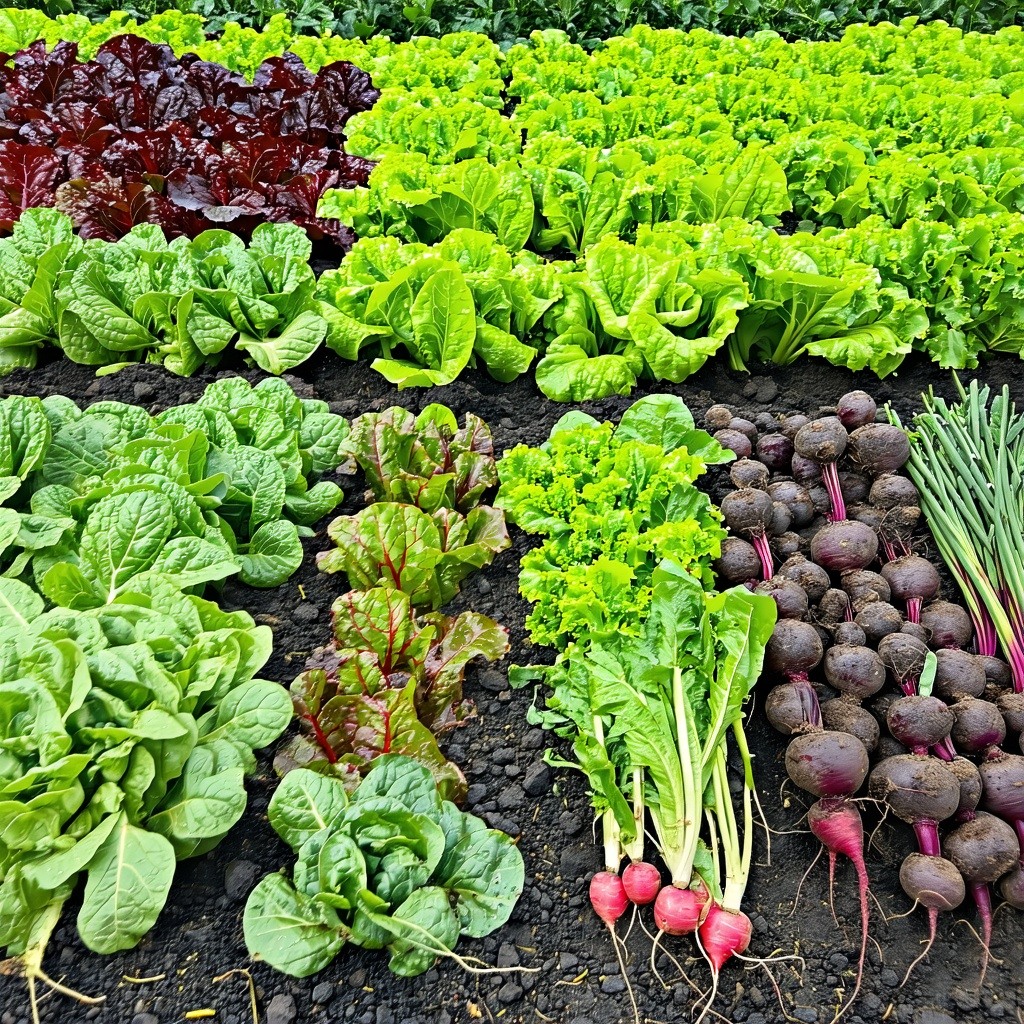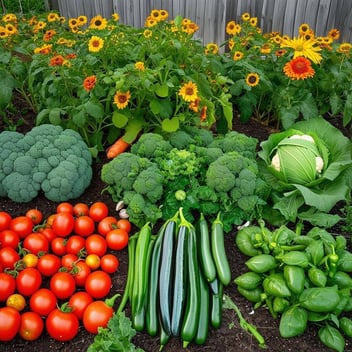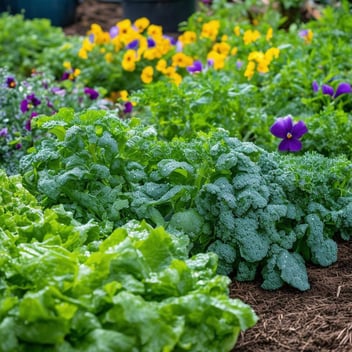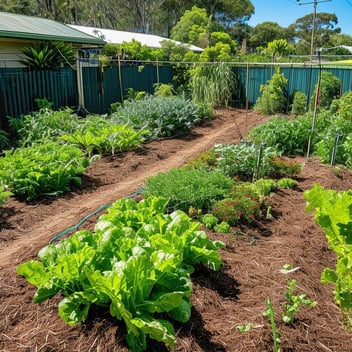Winter Veggies for South East Queensland: What to Plant Now
South East Queensland (SEQ) boasts a subtropical climate characterized by mild, dry winters and warm, wet summers. This climatic pattern offers a unique opportunity for gardeners to cultivate a variety of vegetables during the cooler months. With temperatures typically ranging from 10°C to 22°C, the risk of frost is minimal, allowing for a diverse selection of crops to thrive. Understanding the specific requirements and optimal planting times for each vegetable ensures a bountiful harvest.
Leafy Greens: Nutrient-Rich Staples
Leafy greens are a quintessential component of the winter garden in SEQ. Spinach, kale, and silverbeet not only thrive in cooler temperatures but also provide a bounty of vitamins and minerals. To cultivate these greens, select a well-draining site that receives ample sunlight. Sow seeds directly into the soil, ensuring a spacing of 20–30 cm between plants to allow for adequate air circulation. Regular harvesting of outer leaves encourages continuous growth and provides a steady supply for your kitchen.
Root Vegetables: Underground Treasures
The cooler months are ideal for growing root vegetables such as carrots, beetroot, and radishes. These crops require loose, well-aerated soil to facilitate unobstructed root development. Before planting, till the soil to a depth of 30 cm and incorporate organic matter to enhance fertility. Carrot seeds should be sown shallowly and kept consistently moist until germination, while beetroot and radish seeds can be planted slightly deeper. Regular thinning ensures that each plant has sufficient space to mature, resulting in well-formed roots.
Legumes: Protein-Packed Additions
Leguminous vegetables like peas and broad beans are excellent choices for winter planting in SEQ. These plants not only enrich the soil by fixing atmospheric nitrogen but also offer a delicious and nutritious harvest. Erecting trellises or stakes provides necessary support for climbing varieties and facilitates easier harvesting. Plant seeds directly into the soil, spacing them approximately 5 cm apart. Regular monitoring for pests such as aphids will help maintain plant health and productivity.
Alliums: Flavorful Essentials
Alliums, including onions, garlic, and leeks, are well-suited to SEQ's winter conditions. These crops prefer a sunny location with fertile, well-draining soil. Plant garlic cloves with the pointed end facing upwards, burying them about 2–3 cm deep and spacing them 15 cm apart. Onion seeds or seedlings should be planted similarly, ensuring adequate spacing to promote bulb development. Leeks benefit from being planted in trenches and gradually mounded with soil to blanch the stems as they grow.
Brassicas: Robust and Versatile Choices
Members of the brassica family, such as broccoli, cauliflower, and cabbage, flourish during SEQ's mild winters. These vegetables require rich, well-composted soil and a position that receives full sun. When transplanting seedlings, space them 40–60 cm apart to accommodate their mature size. Implementing crop rotation and using organic deterrents like neem oil can help manage common pests such as caterpillars and aphids, ensuring a healthy crop.
Herbs: Aromatic Enhancements
Winter is an opportune time to cultivate a variety of herbs that can elevate your culinary creations. Parsley, dill, and thyme are particularly well-adapted to cooler temperatures. These herbs can be grown in garden beds or containers, making them suitable for gardeners with limited space. Ensure that containers have adequate drainage and are placed in locations that receive at least six hours of sunlight daily. Regular harvesting encourages bushier growth and prolongs the productive lifespan of the plants.
Soil Preparation and Fertilization
The foundation of a productive winter garden lies in meticulous soil preparation. Incorporating organic matter such as compost or well-rotted manure enhances soil structure, fertility, and moisture retention. Applying a layer of mulch around plants helps regulate soil temperature, suppress weeds, and conserve moisture. Regularly testing soil pH and adjusting it to suit specific crops can further optimize growing conditions and yield.
Irrigation and Frost Protection
While SEQ's winters are generally mild, it's essential to adjust irrigation practices to align with seasonal rainfall and evaporation rates. Watering in the early morning allows plants to absorb moisture before temperatures drop in the evening, reducing the risk of fungal diseases. Although frosts are infrequent, being prepared to protect sensitive plants is prudent. Utilizing frost cloths or relocating potted plants to sheltered areas can prevent potential cold damage.
By thoughtfully selecting and cultivating these winter vegetables, gardeners in South East Queensland can enjoy a diverse and productive harvest throughout the cooler months. Attentive soil preparation, strategic planting, and diligent care are the cornerstones of a thriving winter garden in this unique subtropical region.




